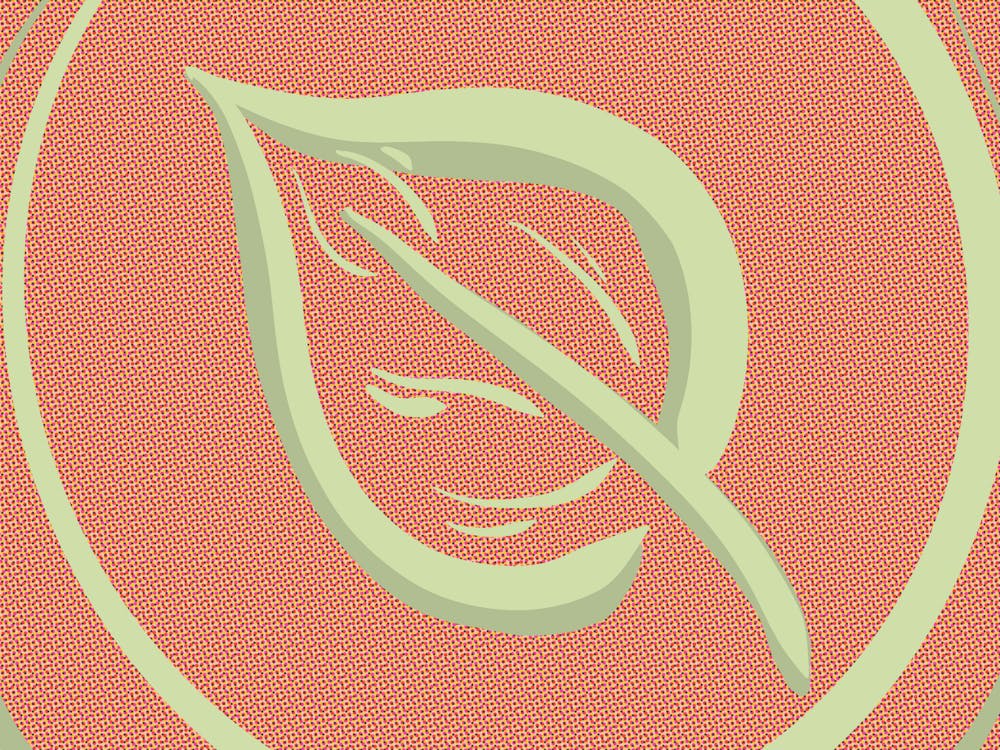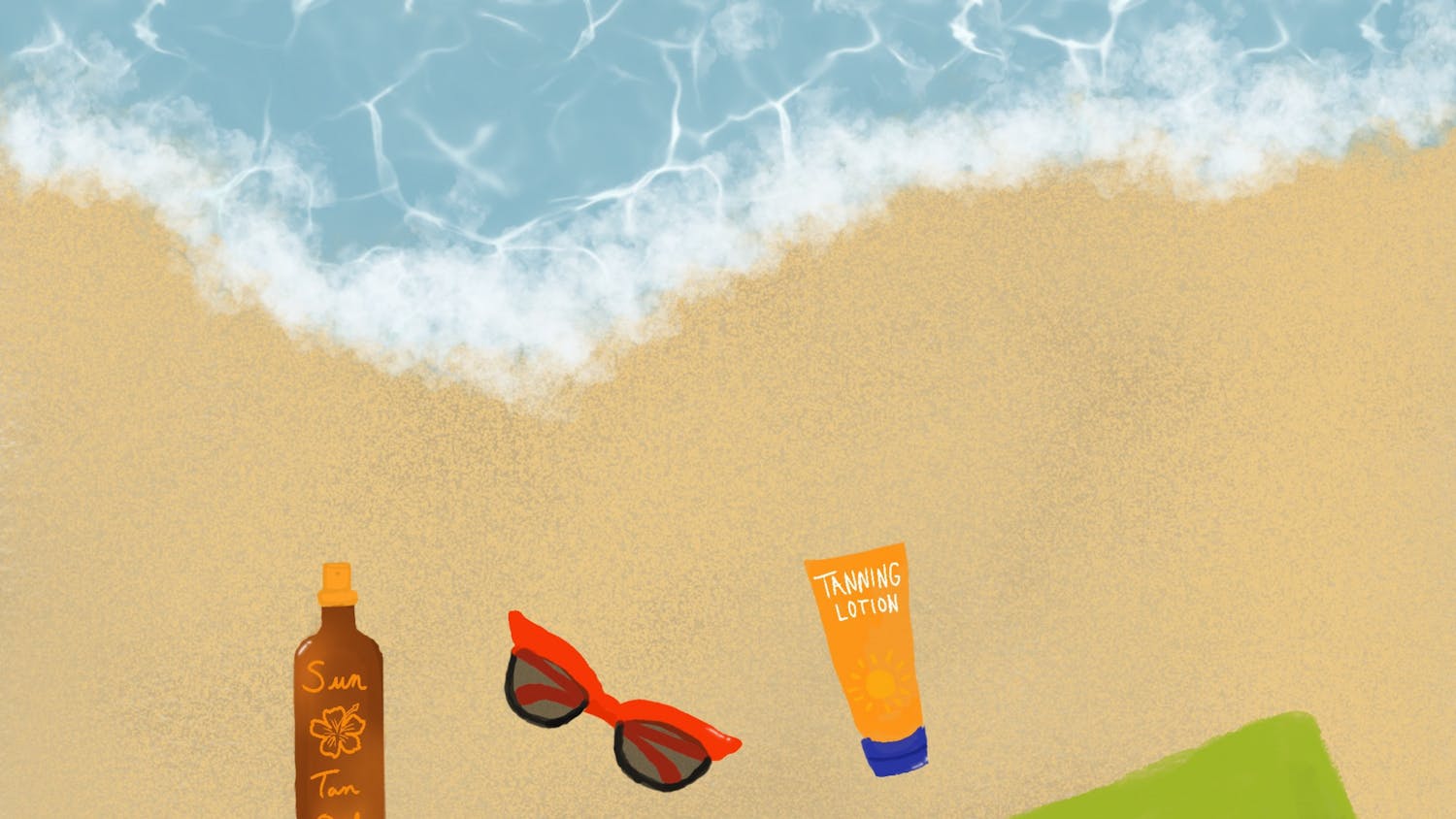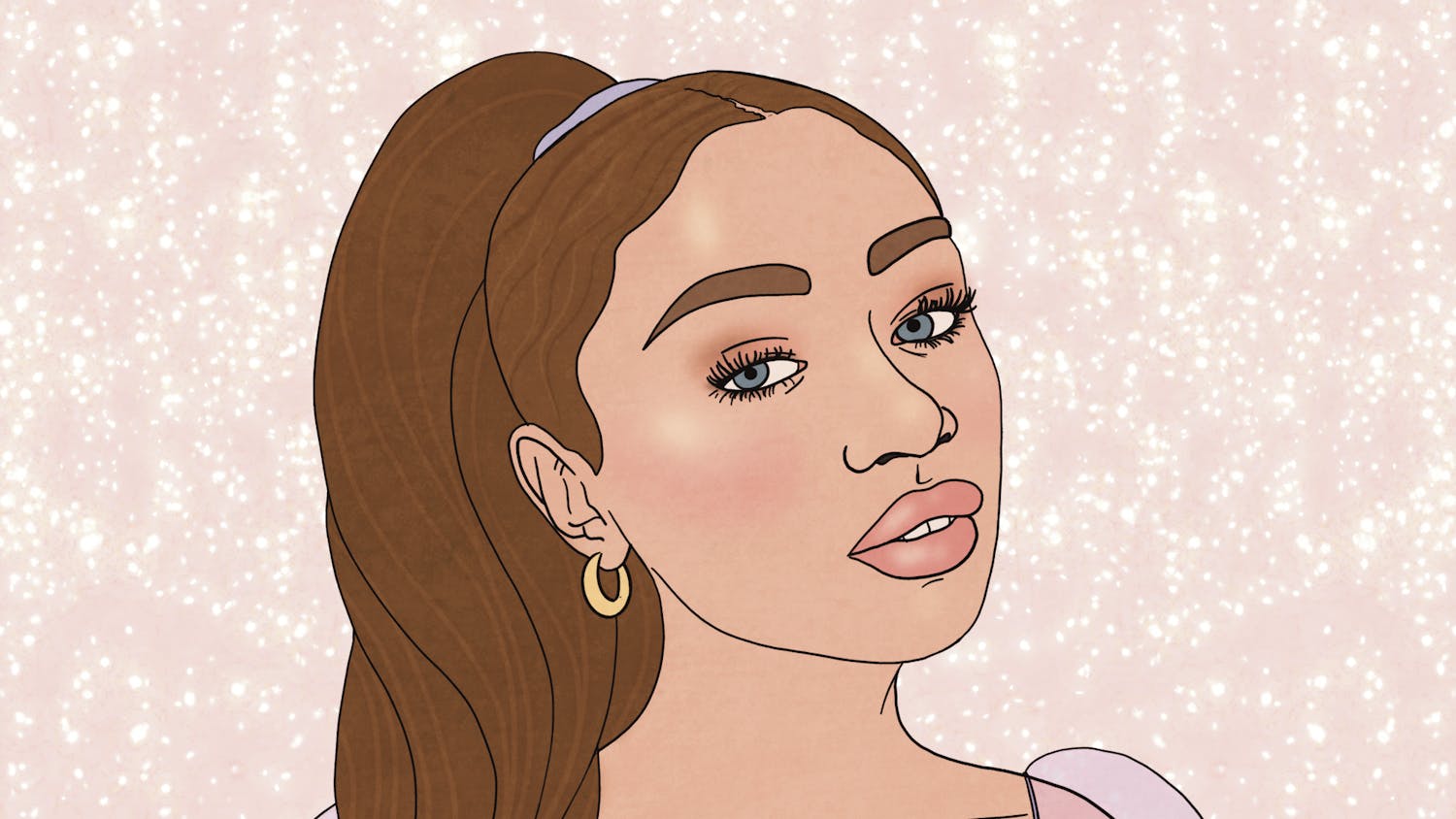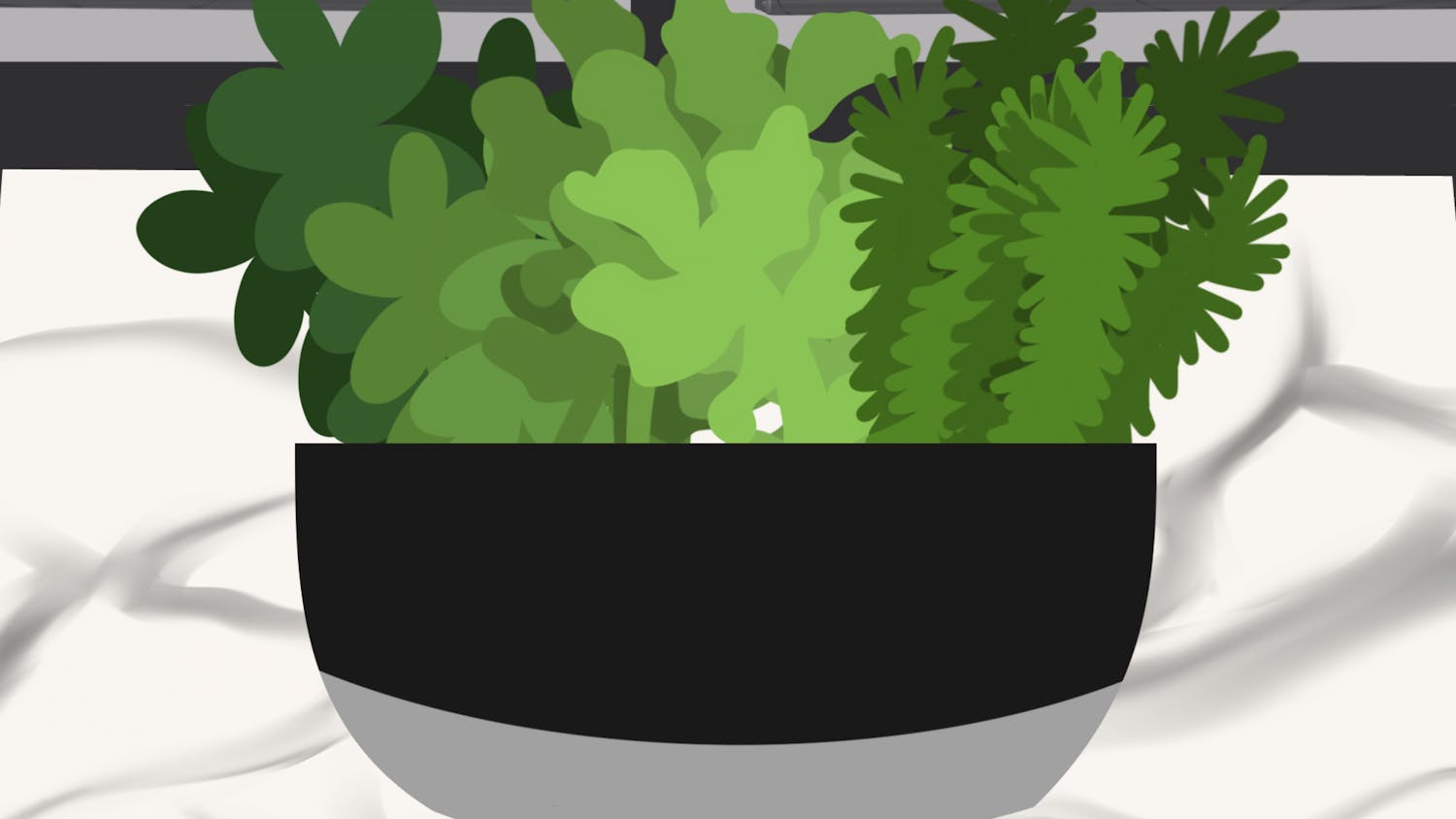“Clean beauty” is a fairly new term in the beauty world, so there is no set definition of it. Allure recently created a “Allure Clean Best of Beauty” stamp and defines its standard as free of ingredients that cause health problems or could cause irritations.
Beauty retailers have recently curated lists and identifiers for customers to recognize what the company considers “clean,” but what does clean mean to them?
To Ulta, “clean” means to be transparent as a retailer and try to focus on what ingredients products do and do not use. The company created a “made without list” to ensure the companies that are considered “clean” do not use certain chemicals.
Sephora has two seals to identify clean products. The first is “clean” meaning the items with the seal do not use harmful chemicals. Their newer seal is “clean and planet positive,'' meaning the products not only use “clean ingredients” but are also environmentally conscious.
Target also launched “Target Clean” to help customers identify clean products all over their store. The clean beauty standard is products without harmful chemicals and cruelty free/not tested on animals.
Because “clean” is different from brand to brand, it is good to find one or more logos on a product’s packaging. The Forest Stewardship Council (FSC) works to guarantee packaging comes from responsibly managed forests providing environmental, social and economic benefits.
The United States Department of Agriculture’s (USDA) organic symbol requires products to have 95% organically produced ingredients. Ecocert’s symbol requires 95% of ingredients to be natural, environmentally friendly and free of chemicals. B-Corp’s certification means that a company meets its social and environmental standards.
Made Safe’s logo ensures products using the label are safe for the user's skin and environment. The Leaping Bunny Program’s logo symbolizes the company does not use animal testing or purchase ingredients that have been tested on animals.
The word “chemical” has been thrown around a lot, but what are harmful chemicals? They are not something that should be feared, but they are ingredients to be mindful of to try and avoid.
Parabens are antimicrobial chemicals that prevent the growth of bad bacteria and mold in beauty products. They may not sound that bad, but parabens have been linked to reproductive organ harm. Some parabens have been banned by The European Commission, but not in America.
Fragrances should also be avoided because the term can be used to hide thousands of synthetic/natural chemicals to make products have a scent. Because they are considered a trade secret, fragrances do not have to be disclosed to consumers.
Chemicals like the group of phthalates (pronounced THAL-ates) are commonly used in plastics to make them more durable. They are used in products like nail polish, hair spray, soaps and shampoos to make them last longer. They should be avoided because they can in rare cases cause type 2 diabetes and breast cancer. On labels, they can be identified as DEP, BBzP, DBP and DEHP.
Ethoxylated agents are a broad term to include polyethylene glycols (PEGs), sulfates and other chemicals. Sulfates like sodium lauryl and sodium laureth are cleansers that trap oil-based dirt to rinse it away from the hair and skin with water. They can irritate, dry skin and strip color from hair dyes. PEG compounds are typically used as solvents, softeners and thickeners in products. They should be avoided because they could be contaminated with harmful chemicals.
One of the most known chemicals in the beauty world is formaldehyde. It is used in keratin smoothing treatments to try and straighten hair. The chemical has been acknowledged to potentially cause cancer (carcinogen). Not only can it be found in keratin treatments, but it can also be found in nail polish.
Mineral oil (or refined petroleum) is a well-known moisturizer sourced from petroleum. It is commonly found in lip balms and face creams. Similar to formaldehyde, mineral oil is considered a carcinogen. There are still so many questions about the ingredients, so it is best to try and avoid them.
The chemical skin lightener, Hydroquinone, is used to treat dark spots and hyperpigmentation. Hydroquinone has been banned in Europe and the FDA proposed a similar ban in 2006 but is still reviewing the safety of the chemical. Overuse of hydroquinone can make the skin appear white due to it killing cells that produce melanin.
Found in eye shadows and face powders is Talc. It is uncertain if talc alone is cancerous, but if mixed with asbestos, it is. Over the last several years, Johnson & Johnson has been sued by multiple women due to long-term exposure to asbestos which caused their cancer.
Triclosan is an antimicrobial chemical in hand sanitizers, body soaps and toothpaste. The FDA banned the chemical from over-the-counter soaps and hospital antiseptic products. The chemical has been linked to skin cancer, hormone disruption, liver fibrosis and many other health problems.
All of the logos and ingredients to look for may be overwhelming, so take it one step at a time. There is no need to throw everything out before it is finished. Here is a list of some products to try if looking to switch to a cleaner routine.
Some great hair care products to try are Love Beauty and Planet volume and bounty 2-in-1 shampoo & conditioner bar ($4.99), Ceremonia guava leave-in conditioner ($20), uhai intensive deep conditioner ($14.99), Adwoa beauty protect and shine oil blend ($20) and Anomaly clarifying shampoo ($5.99).
Glow recipe watermelon glow pink dream body cream ($28), Right to Shower bar soap ($7.99), Biossance squalane and elderberry jelly cleanser ($28), Farmacy deep sweep pore-clearing toner ($28) and Love Beauty and Planet coconut water and mimosa flower lotion ($7.99) are just a few amazing skin and body products.
Finding clean makeup can seem difficult, but here are some fantastic options: Saie slip tint ($32), Kosas revealer concealer ($28), Ilia liquid powder chromatic eye tint ($28), Merit clean lash ($26), freck beauty cheekslime lip and cheek tint ($22).






